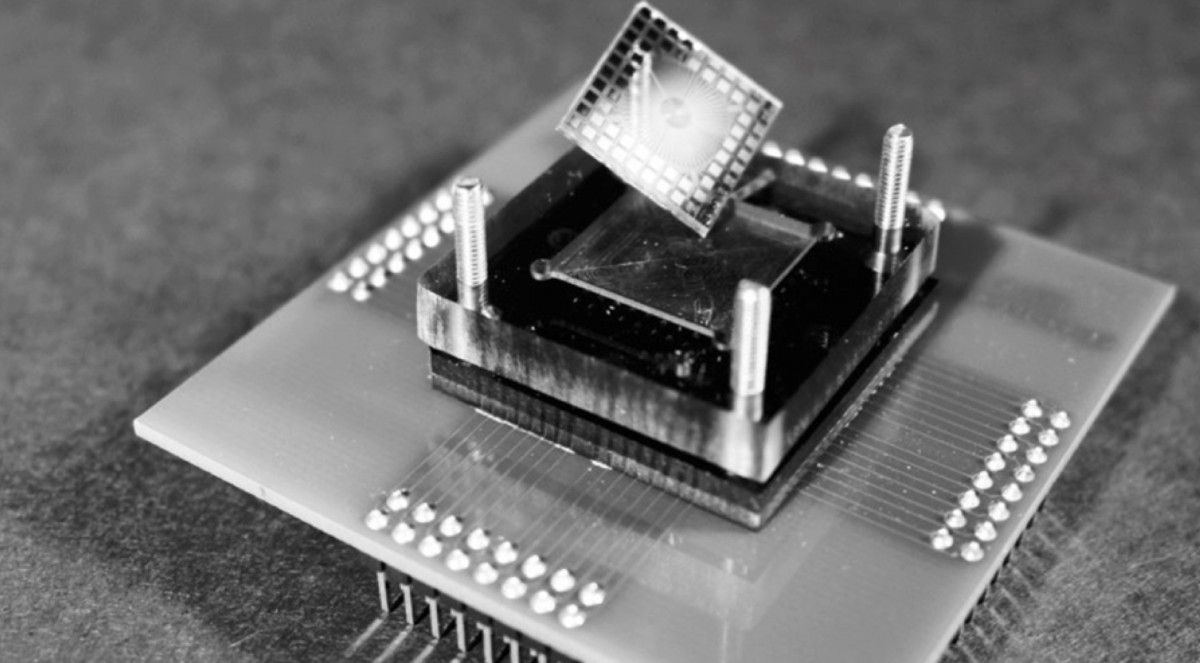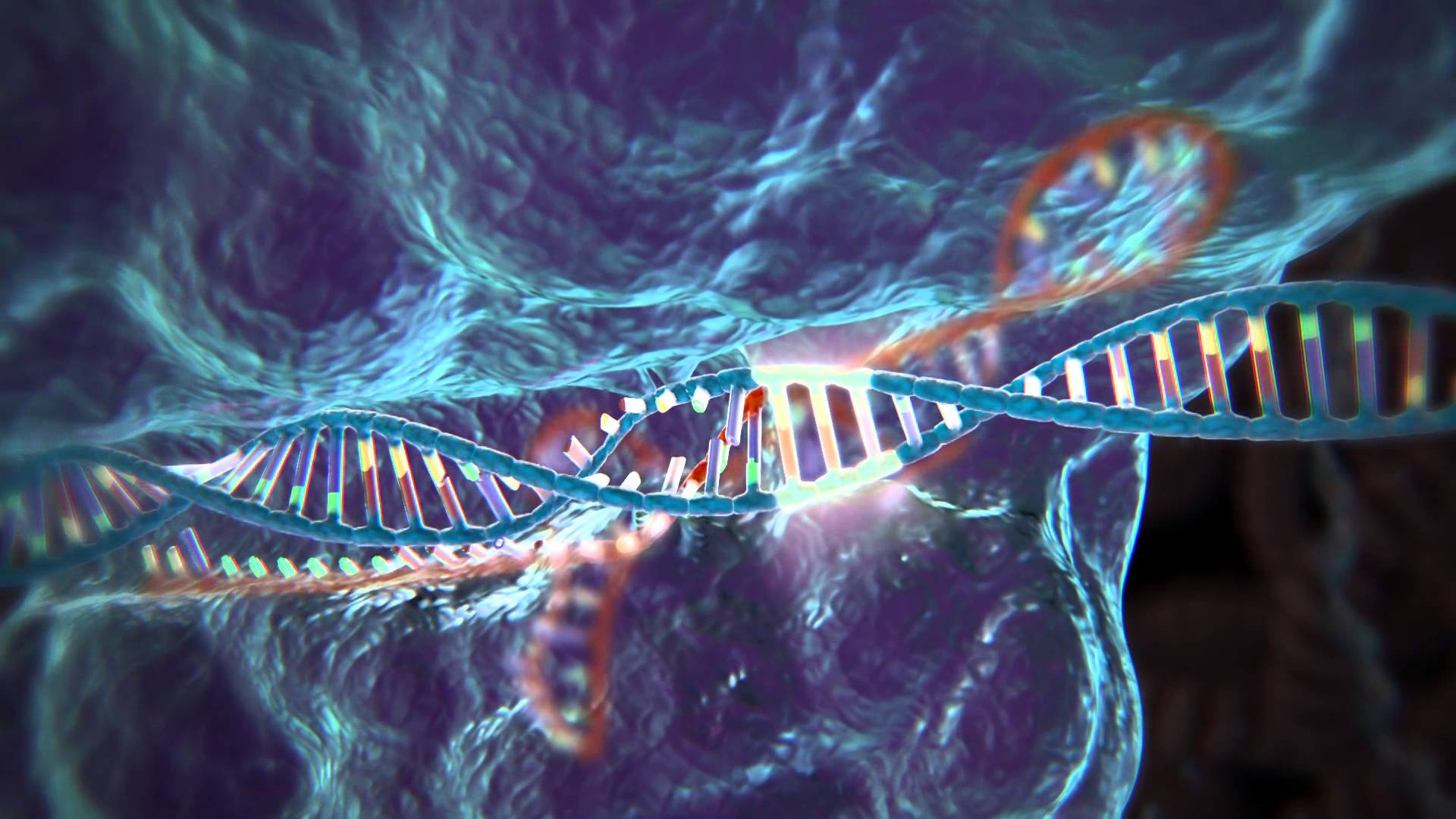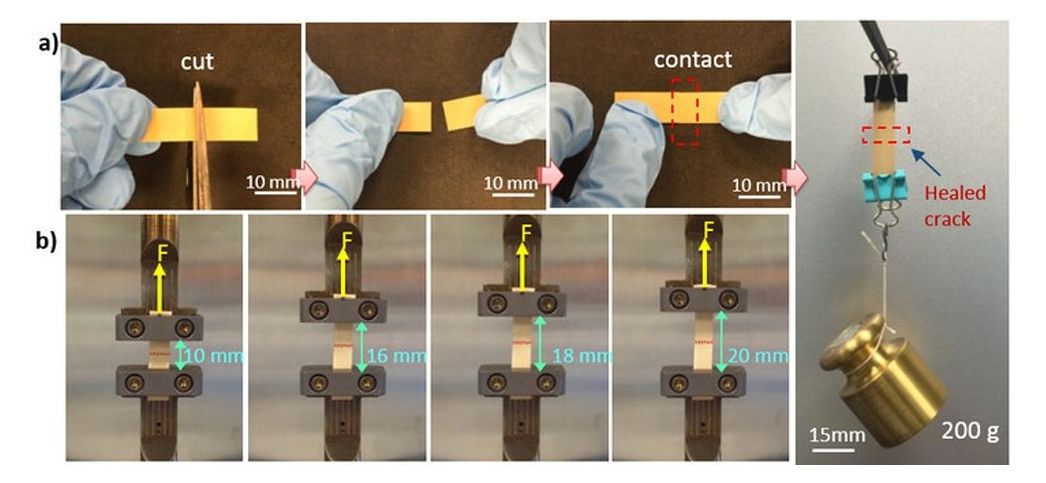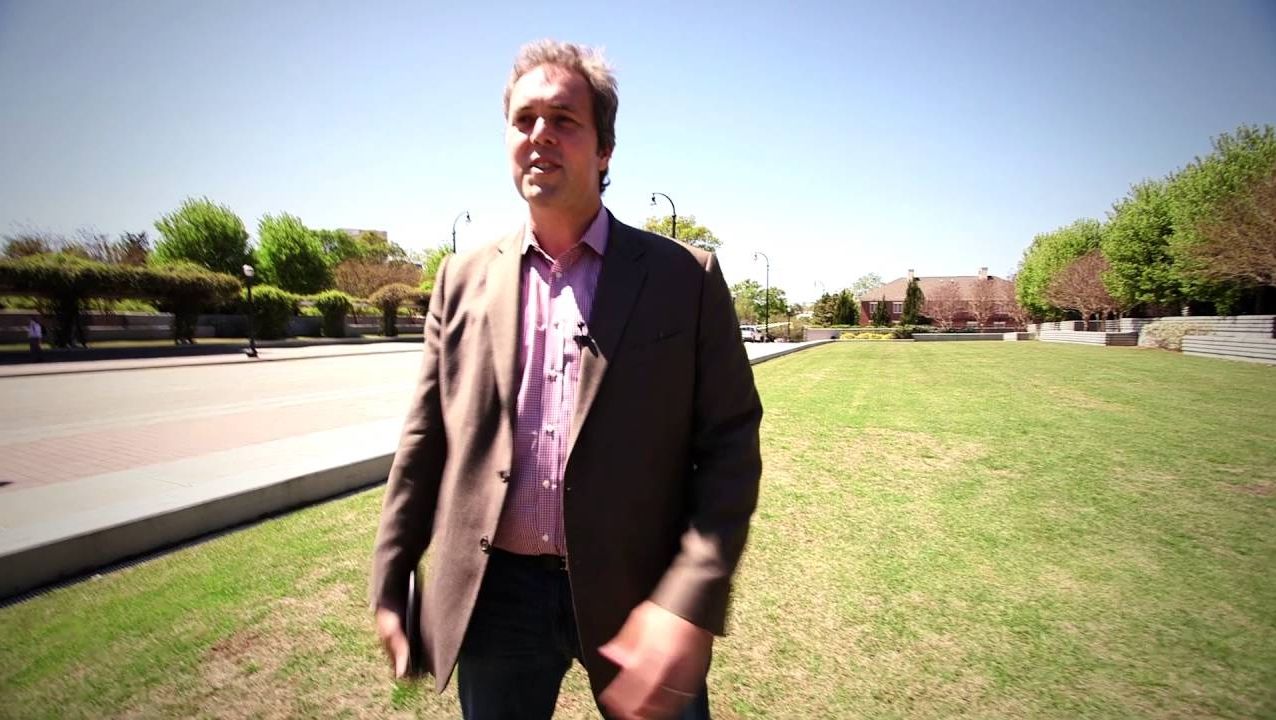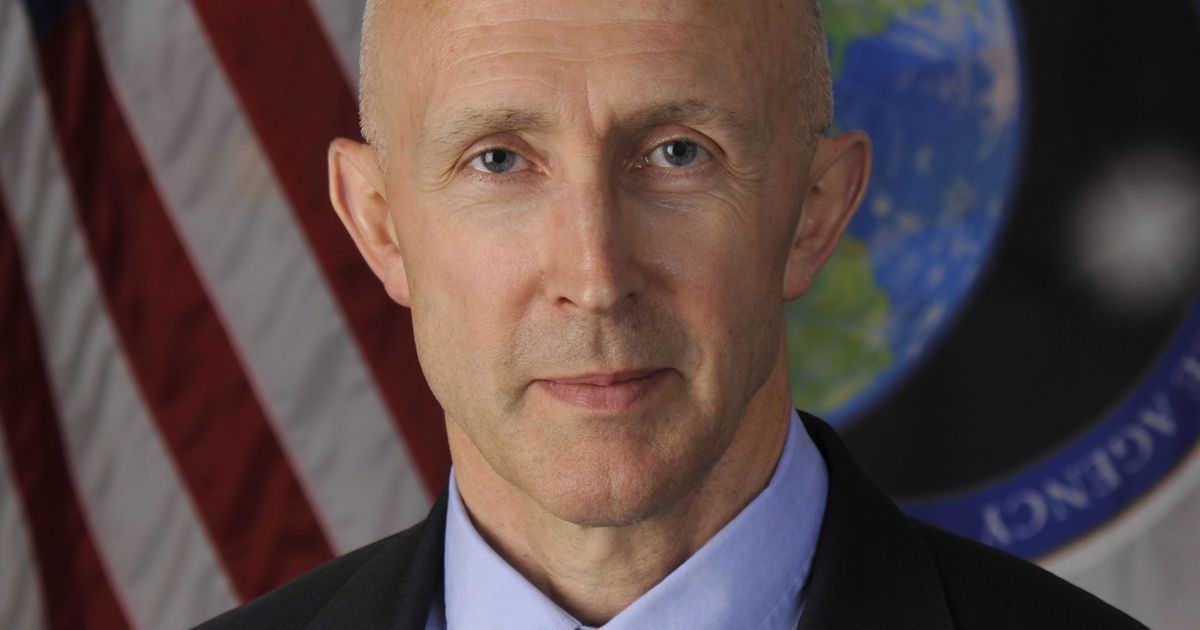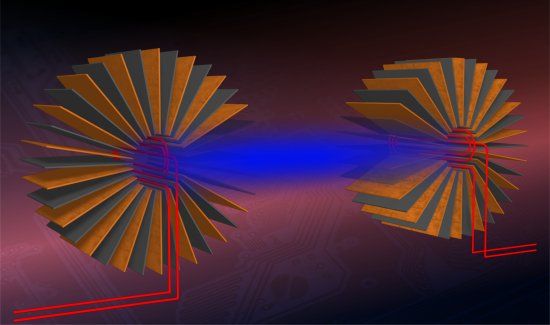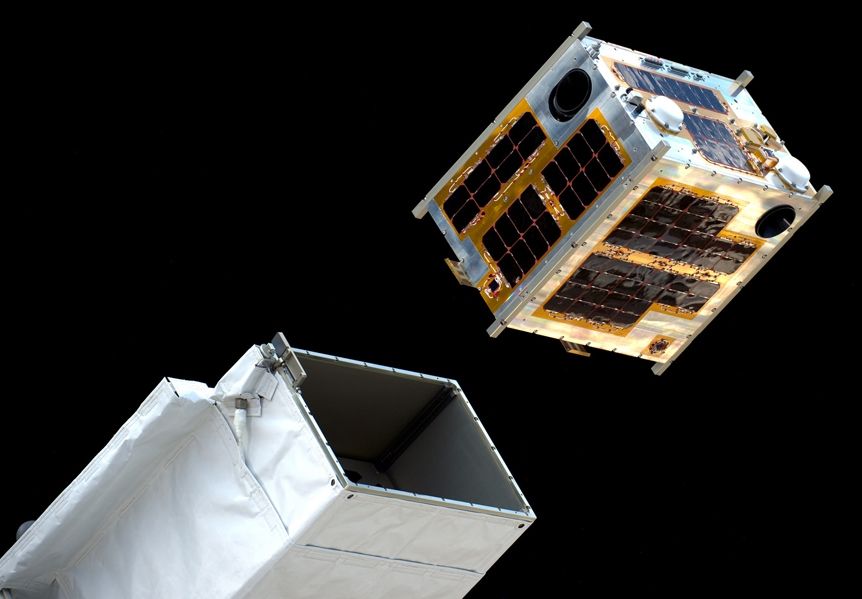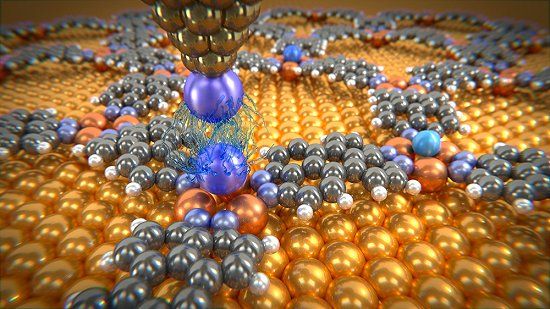May 23, 2016
Neuron-Based Chips Will Soon Become Commonplace, This Startup Founder Says
Posted by Shailesh Prasad in category: computing
What does it mean to be alive? This question has been haunting us since the beginning of time. Thousands if not millions of novelists, philosophers, scientists have tried to answer.
However, for practical purposes, you don’t really need to know: you just live. You just learn to move in this world according to a certain set of rules, and as long as they work, you keep going.
All things considered this is not much different to the approach to brain-like computers that a Newark, California, based startup named Koniku is taking. Most of the experiments in this field are focused on trying to understand and replicate the infinite complexity of the brain using artificial methods, or on creating interfaces that connect the physical world with machines.
Continue reading “Neuron-Based Chips Will Soon Become Commonplace, This Startup Founder Says” »
